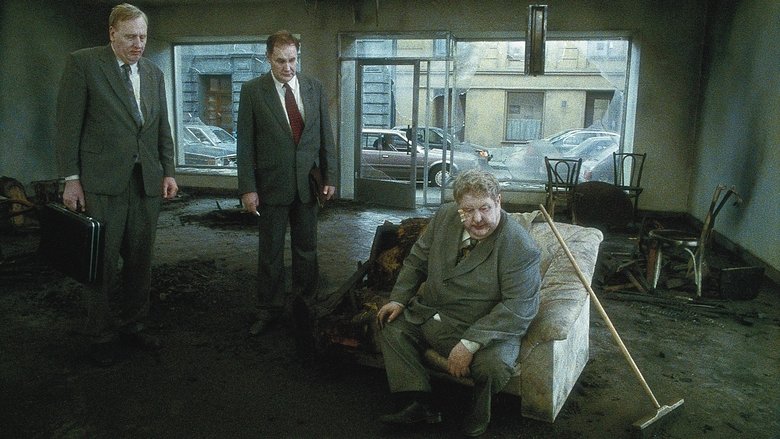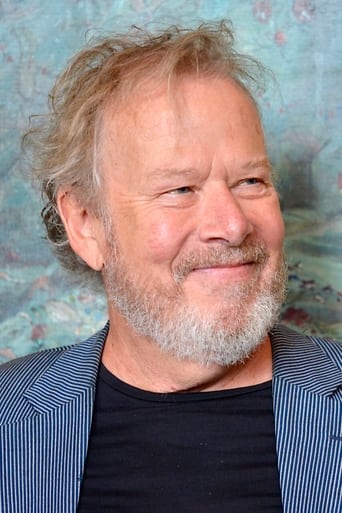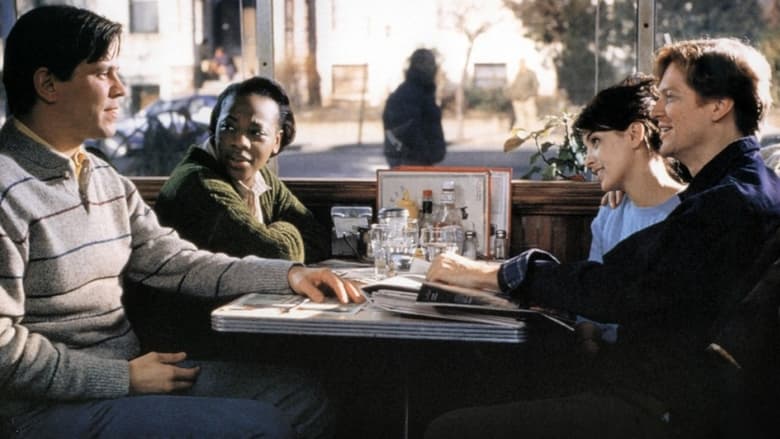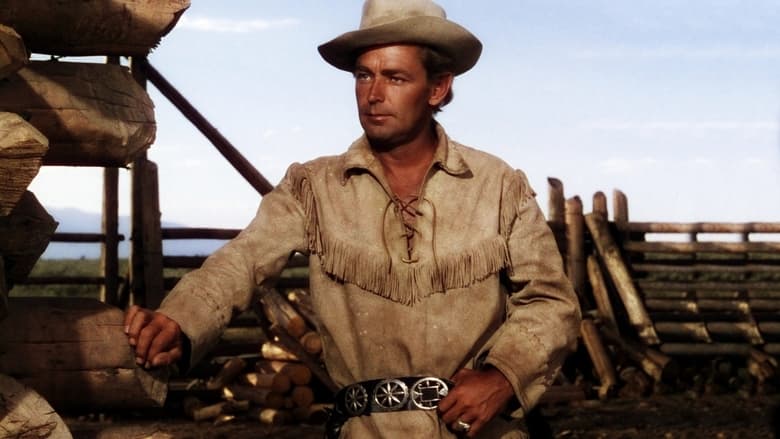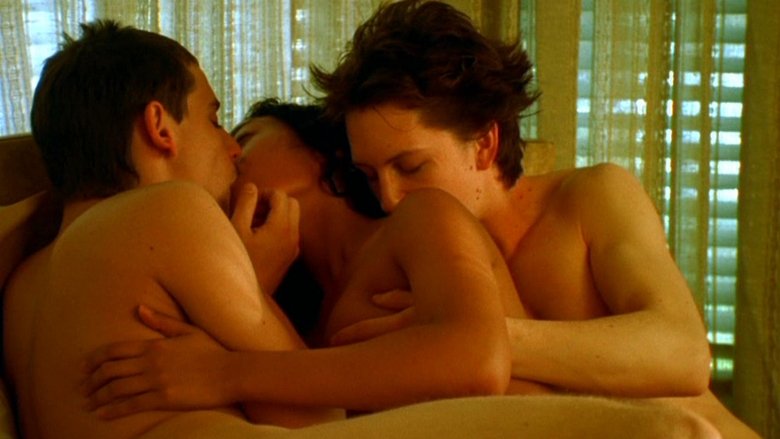A monumental traffic jam serves as the backdrop for the lives of the inhabitants of a Swedish city.


Similar titles
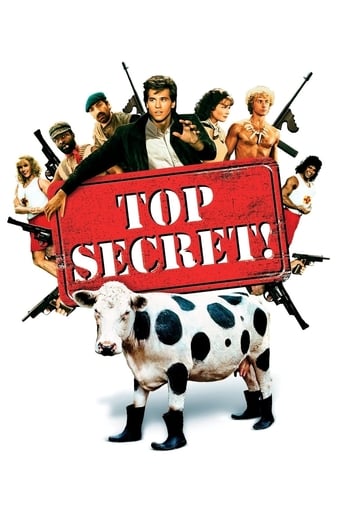
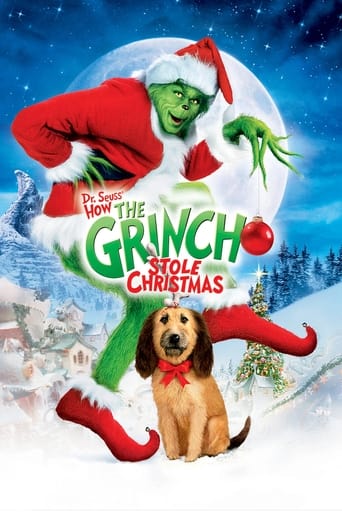
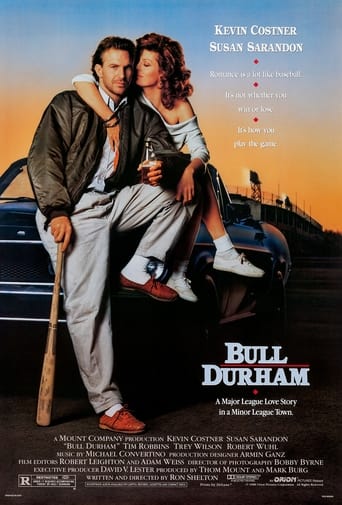
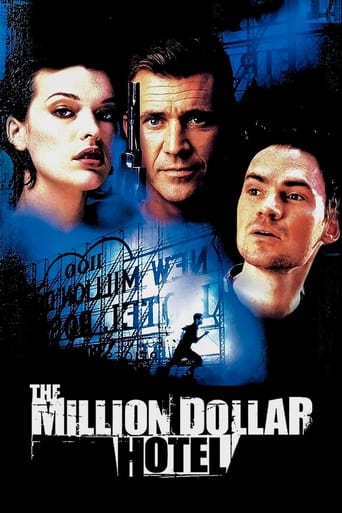
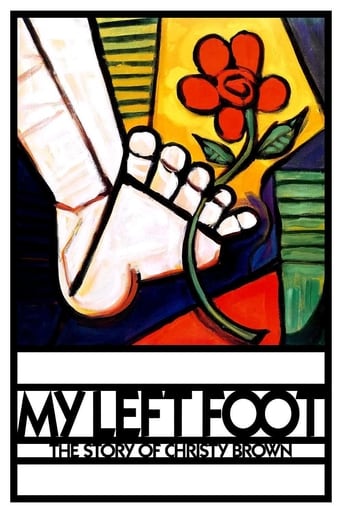

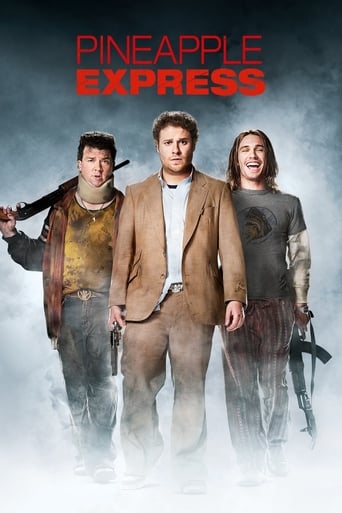
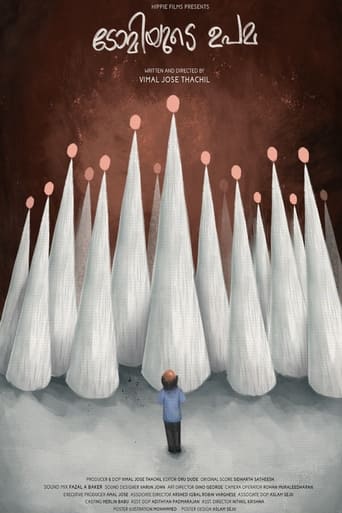
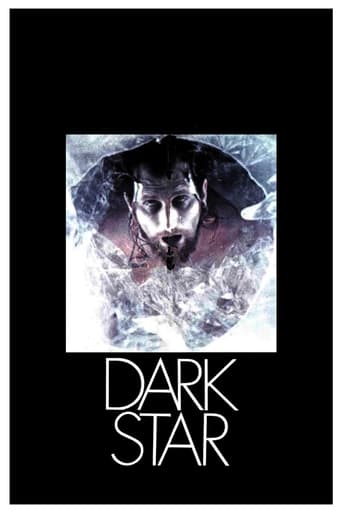
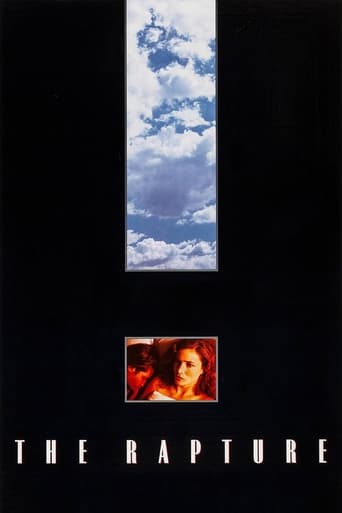
Reviews
Intriguing and/or infuriating in varying amounts, one can't help feel that being Scandinavian and knowing their 'humour', would definitely help, here. But for those who "get" the uniqueness of Roy Andersson really swear by his genius, whilst (possibly) the majority will prefer watching their dinner getting cold.These vignettes, of exaggerated ordinariness are almost caricatures of contemporary City life and its inhabitants - few words, static cameras that portray life as idiosyncratic snippets, are based on Peruvian poet Cesar Vallejo's works. Abandon all pre-existing ideas and notions on what makes a film or what should happen within it, clear the mind and let 'Songs..' take over you.There is little, or indeed, no point in describing what happens or to whom. It almost doesn't matter. My thoughts (this is my 4th viewing and it seems as fresh as the first) is that it's Alice In Wonderland, except the colour and acid-trip weirdness has been replaced by an adult version, set on cold, blue and empty streets and in boxes of concrete where people sort of live and where almost all colour has been drawn from them and their lives. It's not a comedy in the usual sense, though is often funny purely by being so offbeat.The comparisons could go on for as long as one's own personal repertoire and viewing/reading history allows - it's inevitable: Jacques Tatti suddenly crops up in my mind.There's nudity, but not as we usually see it - we expect to be rather offended by people that, shall we say, we wouldn't want, or expect see in films, to be naked, or making love, but actually we see very little and they pass onto the next scene as if there had been nothing so natural, ever!Whatever you take from Songs From..., you'll take something - perhaps how this Andersson bloke ever got the money to make such dross and now you've gone and wasted yours on buying it, or a cinematic experience that at least has to be admired, for its audacity - and uniqueness.If you like your world cinema and one from the margins at that, I would say, go for it - as I did. I've never known it to be on TV, or in any DVD rental store. If you hate it, sell it again 'as new'; you'll get 3/4 of your money back, I reckon, via Amazon. Personally, I really rather like it - very much, actually - the next step up from my own state of sanity often seems very small at times - and knowing that difference is the only thing that remains essential!ps - If you are currently undertaking intensive psychiatric treatment, you might prefer to steer clear of this one - or at least, don't tell the doc! The final scene, alone, with all its connotations will keep psychologists working overtime and have them reaching for the drugs trolley themselves!
Songs from the Second Floor (2000) ****Tragic. Hilarious. Absurd. Those three words fit Roy Andersson's Songs from the Second Floor to a 't.' The film was a success at the 2000 Cannes film festival, winning the Jury Prize and gaining critical accolades internationally. The film is entirely unique, and magical creation of Andersson's mind. The film follows a number of individuals,some of whom are loosely tied together through personal connections, all of whom share in the existential dread and tragedy of life. We have a magician who nearly saws in half a volunteer, a fired employee, a businessman specializing in crucifixes, and another man who has lost his business to a fire (a fire which he admits he started), his family (including a son who has gone mad from writing poetry), and a series of other characters, not least of which a large congregation of businessmen who walk the streets amid a never ending traffic jam whipping themselves with chains. The story flows through vignettes, all captured in long shots by a camera that only moves once throughout the film. The city appears abandoned - save for the traffic jam and roaming flagellants. It's gray and dingy, as abstract a city as could ever be imagined. The people who inhabit it are drab and deathly pale - that the film opens with a man in a tanning bed becomes utterly hilarious in its irony as the film progresses. There are so many scenes of extraordinary surrealist absurdity that if one was to talk about them all they would need many more pages than available here. Let's consider a few of the most memorable though. In one scene, a woman uses a telephone to explain to someone on the other end that she is stuck in traffic, and cannot get out. She is in a bar; outside we see the line of traffic, moving only as slowly as conceivable without standing still. Everything appears gray, totally abstract as from some world where colours have never been invented. The atmosphere is surreal, and I realize as I describe it I do it no justice at all. Another brilliant scene involves what appears to be the cities entire population as they gather - businessmen and clergymen alike - to carry out the ritual sacrifice of a young girl, meant to stimulate the stagnating economy. Another excellent scene involves the man who has burned down his store, trying to explain to investigators what he's lost, only to be distracted by the passing hoard of businessmen whipping themselves. For me however the most amazing scene comes last. In a very long take, we see the crucifix man discard a truckload of his inventory in front of the arsonist. He leaves, and the arsonist takes out his large crucifix and sets it down. We realize that 4 or so individuals have been slowly walking down the road in the background throughout the scene. They've been following the arsonist earlier in the film asking for help. This time he throws a can at them to scare them off. To his and our surprise,dozens of other people seem to pop up out of nowhere from the ground in the surrounding field. What a shot; it's one of the best I've ever seen, and the camera never moves once throughout its duration. But I digress. What does it all mean? A quick search of movie message boards will lead you to a number of queries; the DVD also apparently has a commentary track by Andersson himself discussing and deconstructing the symbolism in the film (I have not seen this yet, and as of now am still unsure if I really want to). The film, I think, a scathing satire of modern society and capitalist realism. It's also about the dangers of mixing superstition and reality. Consider the flagellating businessmen, self-inflicting pain to stimulate the economy. The sacrifice of the young girl for the same purpose; this also simultaneously highlights how corporations expect us to march towards our deaths each day (ie cigarettes and alcohol, and so on). The man who burns down his business is shown to be greedy throughout, happy he doesn't have to repay a friend when he commits suicide; yelling at his institutionalized son for not understanding that the purpose of life is to buy something and sell it with one or two extra zeroes. Andersson has been called the slapstick Bergman, and surely is one of the most interesting products of Sweden. He had pulled a Malick like move prior to Songs from the Second Floor, not making a feature film for 20 some years (although he was active in directing shorts, docs, and commercials). His return was a glorious one though, and one that was entirely original, and entirely inspiring. This is a dark and tragic film, but one that is also funny in that darkest of dark, and absurdest of absurd ways.
I saw this movie at a theater in Stockholm, and i am really sorry, but when 1/3 of the audience starts booing and leaving the place in the middle of the movie, it wont go to the history as a fantastic film. The reason I saw it was off course the GREAT criticism it received by all the Swedish critics, the creme de la creme of movie lovers, as they say.I, painfully, saw the whole movie, but since about 2 minutes into the movie I wanted to leave and so did almost everybody in the theater. I've talked to so called "smart" people about this movie, and they say that it has a deep meaning, about the everyday stress that drives people crazy, but all I really think is that this movie is totally crap. Do not see this movie. You will feel bad afterward. Roy Anderson makes fantastic commercial movies though =)
Wonderful existential cynicism!!! This movie dissects human traits and human patterns of behavior with a lovely dispassionate humor. The filmmaker holds up his mirror and in it we see the business world as a serious and entropy-laden failure, organized religion as artifice--literally the manufacture and selling of different-sized and styled crucifixes --- a failing business of another color, the human collective as very much out of sync with itself and the organic realm--another form of failure, and through everything a touch of sadness.I loved the sanity of this. At least I thought the film sane. It reveals a flawed and inept society of men and women, most of whom have some, if little, insight to their predicament. That life is a series of miscues, that no one can lay claim to being error-free, and that those who are more skilled -"professional"- are merely making mistakes at a more involved level is the humbling message we see repeated in mostly every vignette.The film is shot, as others have remarked, with a still camera, and the actors constitute the movement, usually very constrained and staged. So the film is by no means verite, yet through its dark cynical humor, it reveals the chafed and tender areas that everyone knows yet few will admit and fewer will proffer for public discussion. His actors are caught in a world in which escape is desirable but no one knows how. Or where to begin. They are trapped and much like the characters in Beckett's "Waiting For Godot" the irony is in learning to accept the trapped state without questioning too deeply the nature of the trap. Rumination is destructive. Anderson's characters are unable to find peace or contentment in their lot.

